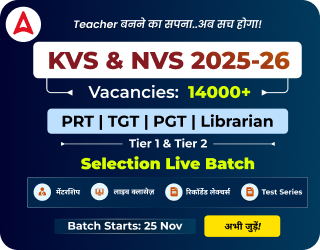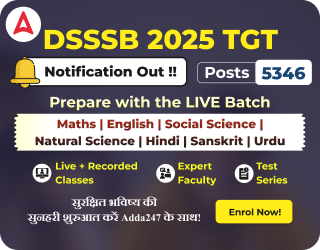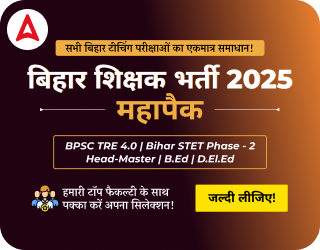Table of Contents
KVS PGT Mathematics Syllabus 2025 has been officially released on the Kendriya Vidyalaya Sangathan (KVS) website. It aims to assess the essential competencies required to teach Mathematics at the senior secondary level in Kendriya Vidyalayas. A clear understanding of the KVS PGT Mathematics syllabus will enable candidates to streamline their preparation, concentrate on important topics, and enhance their chances of qualifying the exam successfully.
KVS PGT Mathematics Syllabus 2025
The Mathematics section focuses on advanced concepts from Algebra, Calculus, Geometry, Trigonometry, Probability, Statistics, and other key topics relevant to senior secondary education. In addition, the English and Hindi sections test comprehension, writing ability, grammar, and vocabulary, while the teaching aptitude section assesses pedagogical understanding, communication skills, and classroom management abilities. This comprehensive syllabus ensures candidates are well-equipped to take on the role of a Post Graduate Teacher in Mathematics at Kendriya Vidyalayas.
KVS Post Graduate Teacher Mathematics Syllabus: Overview
The KVS PGT Mathematics Syllabus 2025 outlines the important subjects and topics that candidates need to study for the recruitment examination conducted by Kendriya Vidyalaya Sangathan (KVS). The selection process comprises a national-level online written test followed by an interview to evaluate the candidate’s subject knowledge and teaching aptitude. To perform well in the exam, candidates must stay updated with official notifications and thoroughly go through the latest syllabus. A focused and strategic preparation based on the syllabus will significantly improve their chances of success in securing the PGT Maths position.
| KVS PGT Maths Syllabus 2025 | |
| Organization Name | Kendriya Vidyalaya School (KVS Recruitment 2025) |
| Conducting Body | Kendriya Vidyalaya Sangathan |
| Post Name | PGT Mathematics |
| KVS Job Profile | National |
| Mode of Application | Online |
| Mode of Examination | Online |
| KVS Selection Process | Written Test & Interview |
KVS PGT Mathematics Exam Pattern 2025
KVS PGT Syllabus 2025 and Revised Exam Pattern will help candidates in better exam preparation. There will be two tier examination followed by Interview for the post of KVS PGT . The merit list will be prepared by giving weightage of 85% and 15% to the marks obtained by candidates in Tier-2 and Interview respectively. The interview will be of 100 marks.
KVS PGT Mathematics Tier-1 Exam Pattern 2025
Tier -1 is a qualifying, OMR-based objective test conducted for all applicants. The exam carries 100 questions, each worth 3 marks, making the total 300 marks.
| KVS Mathematics Tier-1 Exam Pattern |
|||
| Test Components | No. of Questions | Total Marks | Duration |
| Part I- General Reasoning | 20 | 60 | 2 Hours |
| Part II- Numeric Ability | 20 | 60 | |
| Part III – Basic Computer Literacy | 20 | 60 | |
| Part V – Language Competency (English) | 10 | 30 | |
| Part VI – Language Competency (Modern Indian Language) | 10 | 30 | |
| Total | 100 | 300 | |
KVS PGT Mathematics Tier-2 Exam Pattern 2025
Tier-2 will be conducted on the basis of Subject Knowledge Examination (combination of Pen-Paper and OMR Based) as per details mentioned below. The test will be of 2½ hours duration
without any time – limit for each part of the test individually.
| KVS Mathematics Tier-2 Exam Pattern |
||||
| Components of Test | Type | No. of Questions | Total Marks | Duration |
| Subject knowledge | Objective | 60 | 60 | 2.5 hours |
| Subject knowledge | Descriptive | 10 | 40 | |
| Total | 70 | 100 | ||
Detailed KVS PGT Mathematics Syllabus 2025
The KVS PGT Mathematics Syllabus 2025 is designed based on the NCERT/CBSE curriculum for Classes XI and XII, with questions aimed at evaluating in-depth understanding and application of concepts at the postgraduate level. The KVS PGT Maths exam not only tests subject knowledge but also evaluates teaching aptitude and the ability to apply mathematical concepts in real-life contexts, making it essential for candidates to thoroughly prepare each topic for success in the recruitment exam.
| Detailed KVS PGT Math Syllabus 2025 | |
| Unit | Topics |
| Sets |
|
| Relations and Functions |
|
| Trigonometric Functions |
|
| Complex Numbers and Quadratic Equations |
|
| Linear Inequalities |
|
| Permutations and Combinations |
|
| Binomial Theorem |
|
| Sequence and Series |
|
| Straight Lines |
|
| Conic Sections |
|
| Introduction to 3D Geometry |
|
| Limits and Derivatives |
|
| Statistics |
|
| Probability (Part 1) |
|
| Relations and Functions (Advanced) |
|
| Inverse Trigonometric Functions |
|
| Matrices |
|
| Determinants |
|
| Continuity and Differentiability |
|
| Applications of Derivatives |
|
| Integrals |
|
| Applications of Integrals |
|
| Differential Equations |
|
| Vectors |
|
| Three-Dimensional Geometry |
|
| Linear Programming |
|
| Probability (Part 2) |
|
KVS PGT Math Syllabus PDF
Candidates preparing for the KVS PGT Mathematics exam can download the complete syllabus in PDF format from the link provided below. The KVS PGT Maths Syllabus PDF includes a detailed subject-wise breakdown, covering all important topics relevant to the concerned subject. This downloadable resource will help aspirants understand the exam pattern, prioritize topics, and plan their preparation effectively. It is advised to save the syllabus PDF for regular reference to ensure a focused and well-organized study strategy throughout the preparation journey.
Download KVS PGT Mathematics Syllabus 2025 PDF Link

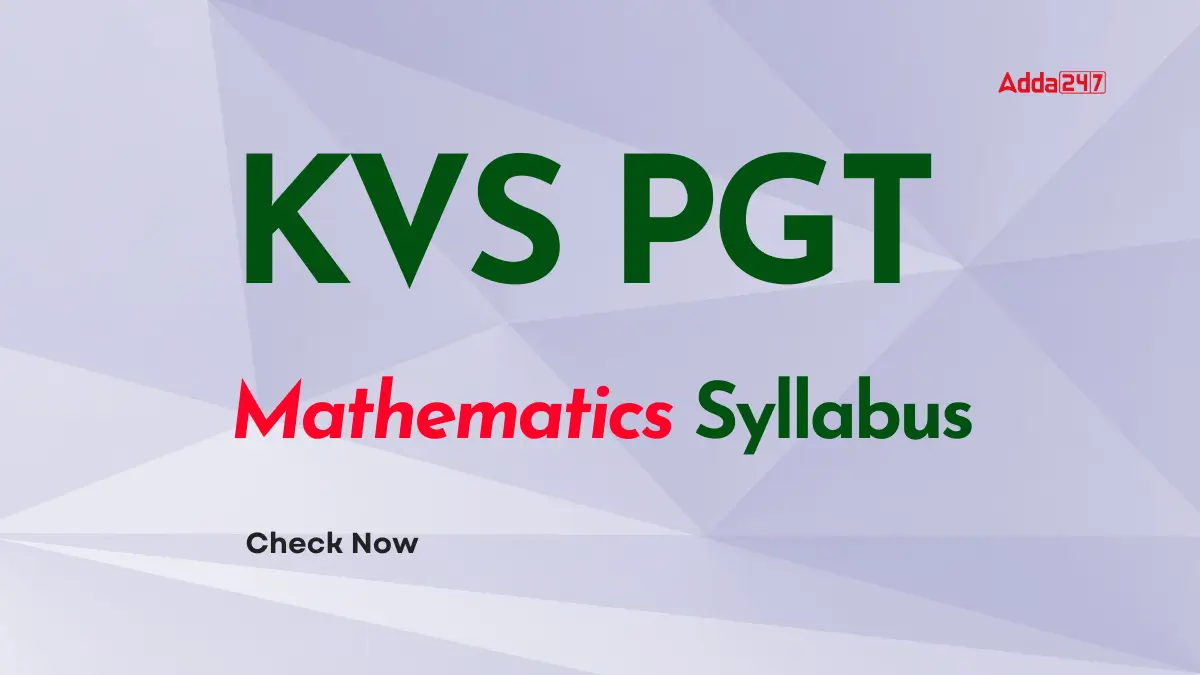
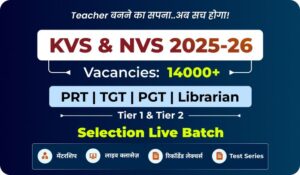
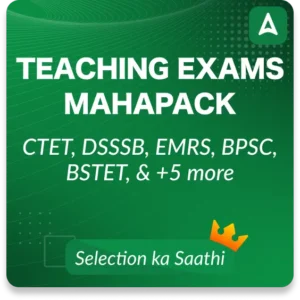

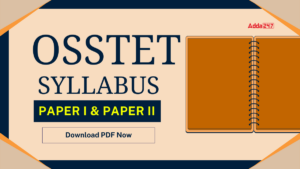 OSSTET Syllabus 2025 Download Subject-Wi...
OSSTET Syllabus 2025 Download Subject-Wi...
 UGC NET Visual Arts Syllabus 2025 PDF Do...
UGC NET Visual Arts Syllabus 2025 PDF Do...
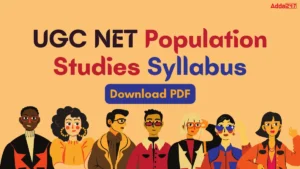 UGC NET Population Studies Syllabus 2025...
UGC NET Population Studies Syllabus 2025...
